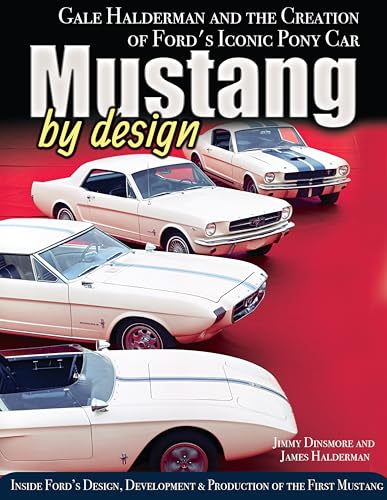Since we are discussing a 51-year-old car and considering the present condition of its exterior paint, it is probably safe to say that it may have received more than one of Earl Scheib's "20 footers" $99.95 paint jobs.
I'm sure no one is shocked that these many years later, identifying special order paint can be more than challenging. Any special order items or anything that deviated from the RPO (Regular Production Options) would generate an order number after the district sales office code in the DSO section of the door certification label. The respective district sales office kept DSO records for such orders for all dealers in their district. Government orders were usually kept in Detroit. The chances of these paper files still existing are doubtful. Unfortunately, paper files were the casualty of Ford's transition to electronic/computer files. Some districts may archived those records if they contained a lot of commercial or local government orders. I received DSO microfiche cards from our district office after the current model year closed so we could service those vehicles if one showed up. That ended when Ford transitioned the dealers to all businesses conducted online.
Since the paint looks like one of the "Don't give a S**T" paint jobs, it would be safe to say none of the interior sheet metal was sprayed for the color change. I would pull the sill plates or the rear seat bottom and check the color found there compared to a color chip sheet such as the one illustrated by Hemikiller. If that doesn't provide a conclusive answer, the car could be taken to a paint supply store where they could scan the color and possibly identify it. Compounding the confusion level is the staggering amount of colors that could be selected from other Ford or L/M vehicle lines. Our fleet sales manager had a binder with hundreds of available colors in addition to the previously mentioned Ford and L/M lines. Ford would paint any color as long as the color existed in that binder.
The mirror supplier to Ford pre-painted the racing-style mirrors in the standard RPO colors for each vehicle line. This was done since the inside cavity of the mirror housing needed to be body color before the internals of the mirrors were installed. This helped to streamline a step in the assembly line process. Any non-RPO color automatically deleted the standard Dual Racing mirrors, and a credit was issued on the vehicle invoice. A standard left-side chrome mirror was installed, with nothing on the right side since there was not one available for the '71-73 Mustang line. Strangely, the '71-73 Cougar built on the same assembly line as the Mustang had a right-side chrome mirror available. This may have had something to do with the door's shape in the mirror area. The last first-generation Cougar in my family was a '73 XR7 that was sold a few years back, so I don't have anything to compare to my Mustang door. I believe Hemikiller has a '71 XR7, so if you really needed to know, I'm sure he wouldn't mind comparing his Cougar and Mustang door and answering that "Why Was That?" question.
The bumper manufacturer also pre-painted the urethane '71-2 front bumper in RPO colors. It was easier for the manufacturer since that was all they were painting. It would have caused additional complexity in Ford's paint shop to have an elastomeric paint set up for a small number of bumpers. The special paint Mach1s received chrome bumpers. Limited or special edition cars with the urethane bumper were restricted to standard RPO colors only. This applied to the '71 Spring special (Mach1 colors only) and the '72 Sprint (a no-brainer).
The '73 urethane five-mph federal crash bumpers and the flexible stone defectors on the Mustang rear and the front and rear of the Cougar were also pre-painted RPO colors by the manufacturer. Any non-standard colors resulted in the neutral silver color on the Mustang front bumper and stone defectors on all Mustang and Cougar models. Any service part deflectors we ordered were received painted white. Since all of the deflectors we ordered were either for my parts stock or body shop use, that didn't matter to our customers.
For a good laugh....
 Car is a color change project. Original color is most likely a shade of green with avocado interior. two shades of green on a fender on one picture. https://www.ebay.com/itm/226117511461?mkevt=1&mkpid=0&emsid=e11021.m5055.l9429&mkcid=7&ch=osgood&euid=f7116ffc4e8846c685de68eb01b530ba&bu=43250863896&ut=RU&osub=-1~1&crd=20240428013632&segname=11021
Car is a color change project. Original color is most likely a shade of green with avocado interior. two shades of green on a fender on one picture. https://www.ebay.com/itm/226117511461?mkevt=1&mkpid=0&emsid=e11021.m5055.l9429&mkcid=7&ch=osgood&euid=f7116ffc4e8846c685de68eb01b530ba&bu=43250863896&ut=RU&osub=-1~1&crd=20240428013632&segname=11021
















































